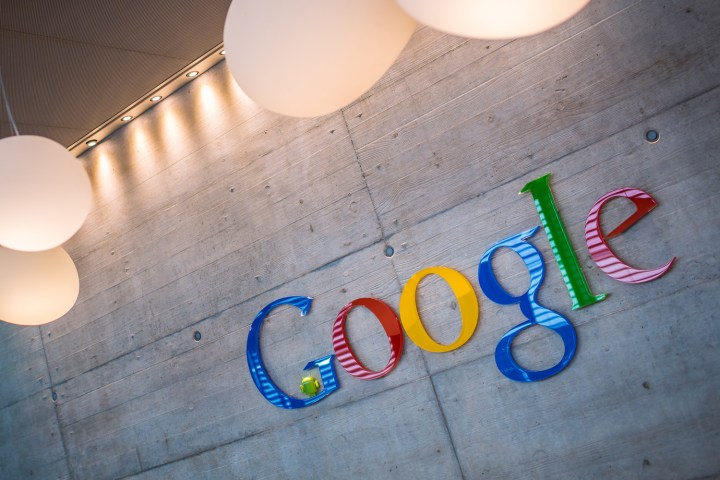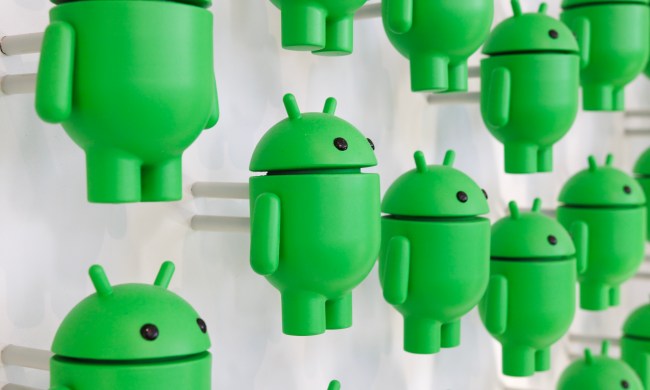
Google’s Universal RCS platform, the fruit of the company’s Jibe Mobile acquisition in September of last year, will support a “consistent” and “interoperable” version of the recently standardized RCS spec. Google’s client will support such features as high-resolution photo sharing, and read receipt, the company says, and is even designed to play nicely with non-Android devices.
Interestingly, the profile and client can be tweaked to work on third-party operating systems: Google’s making available APIs and open source tools.
“Today marks an important step forward in bringing a better messaging experience for Android users everywhere,” said Google Vice President of Communications Products Nick Fox in a statement. “We’re thrilled to collaborate with our partners across the industry to make this happen.”
That view is perhaps a bit optimistic. RCS hasn’t exactly seen the level of adoption the GSMA (the industry association which certifies cellular standards like RCS) was probably hoping for. In point of fact, only 19 carriers have pledged to support RCS so far, and a few of the bigger players, notably Verizon and AT&T, have yet to sign on.
Still, RCS has the backing of more than a few cellular movers and shakers (Deutsche Telekom, Sprint, Orange, and Vodafone, among others), and the potential to shift texting paradigms. Third-party services like Whatsapp (which has more than a billion active users) may have momentum on their side , but there’s a reason texting’s obsolescence is far from within sight: it just works. As anyone who’s ever attempted to invite a non-user to a Line or iMessage group chat can tell you, texting has ease of use as aally.
Even though your next device might support RCS, don’t expect to be able to use it anytime soon — carriers are just beginning to transition to the new standard. But someday, sending a cat meme or starting a video chat may be as simple as tapping the corresponding buttons within your phone’s default messaging app.



